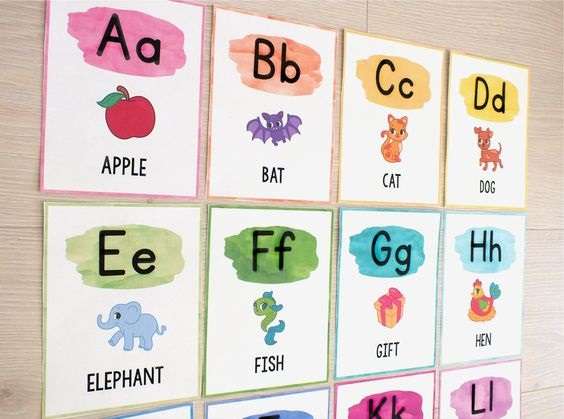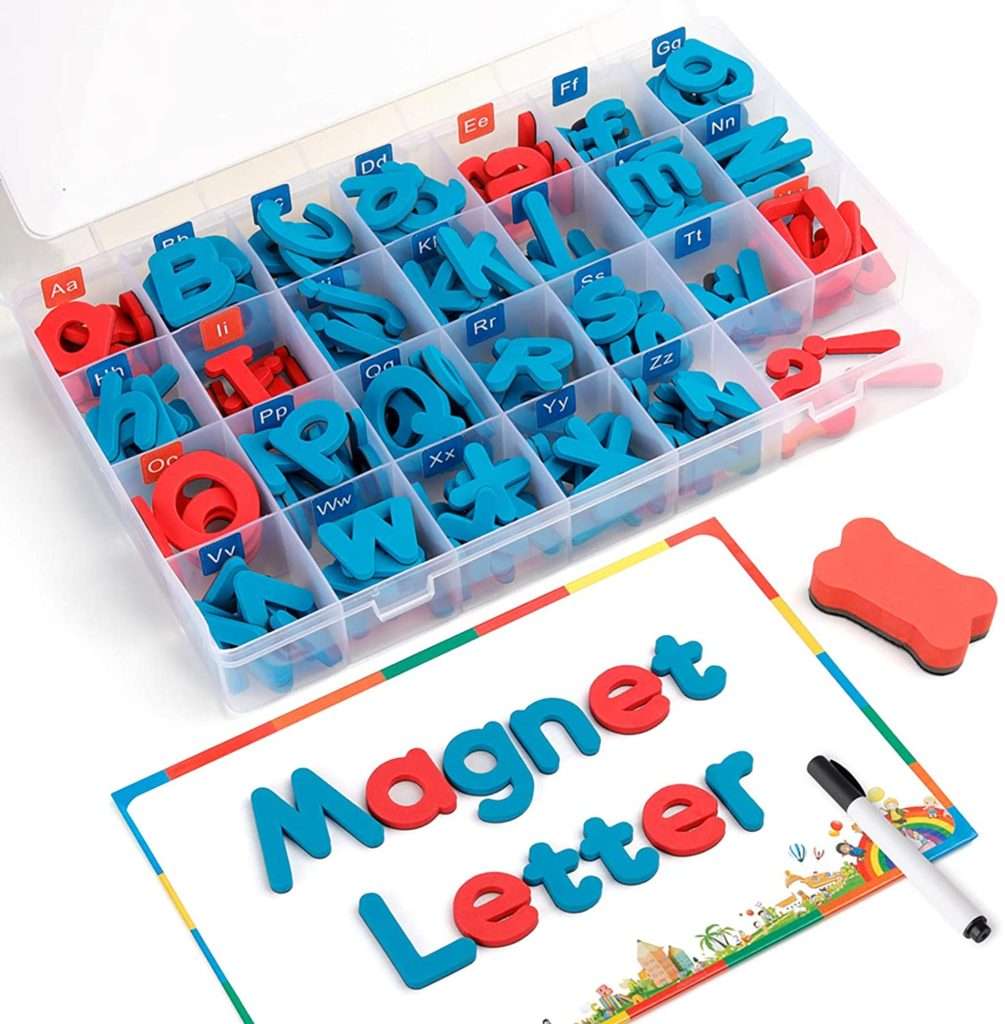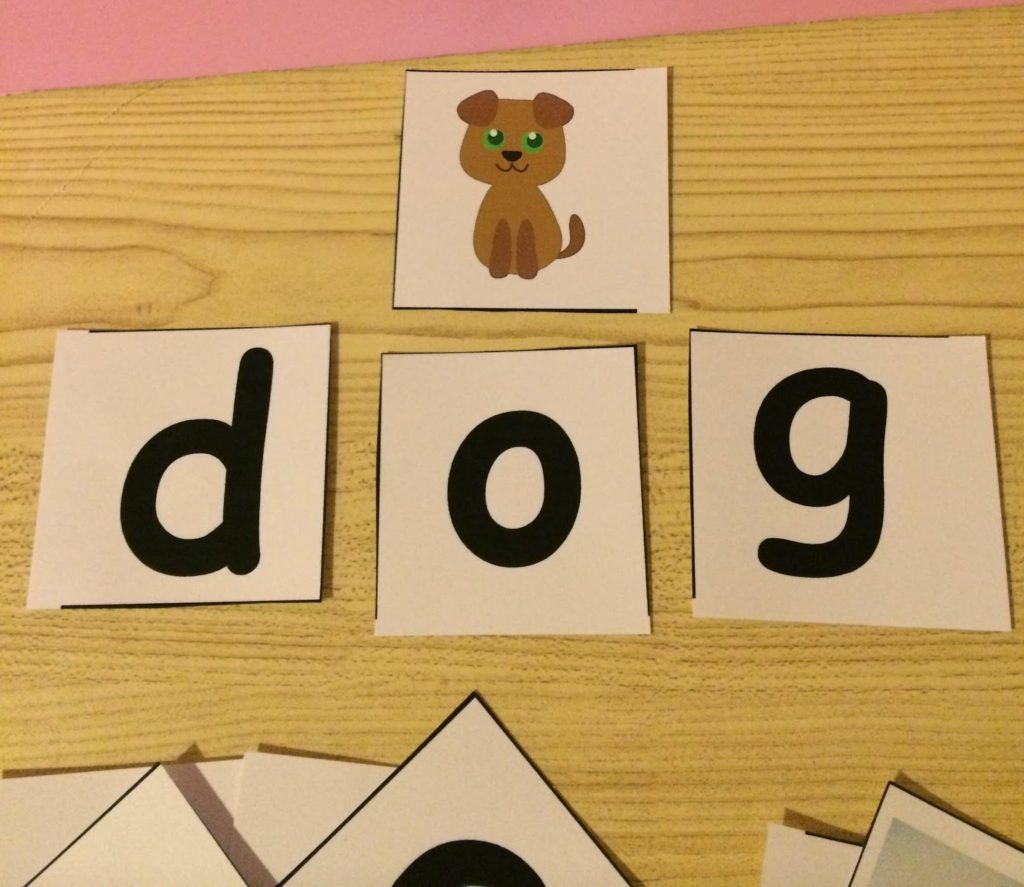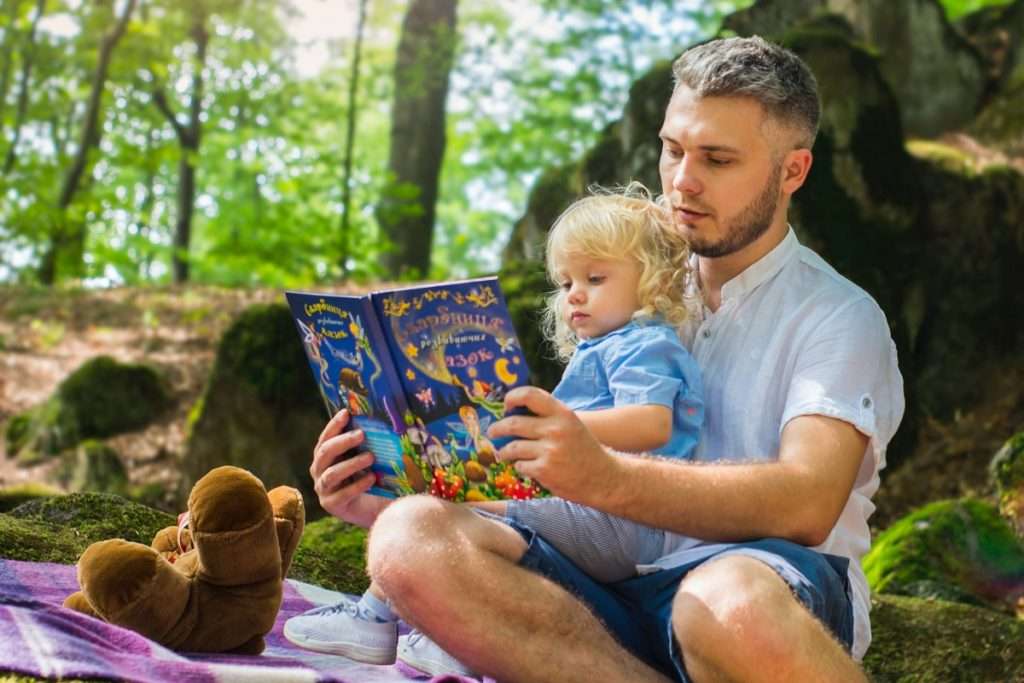The vast majority don’t ponder the process of learning to peruse until they decide to begin teaching their own youngsters at home.
In opposition to what certain individuals accept, learning to peruse is definitely not a ‘natural’ process that happens completely all alone. A complex one requires the proper teaching of various skills and strategies, like phonics (knowing the relationship among letters and sounds) and phonemic awareness.
Fortunately, despite the fact that perusing itself is a complex process, the means are taken to fabricate these skills are genuinely basic and straightforward. To show kids how to peruse and make it a positive and rewarding experience, attempt these basic and time‑tested strategies underneath.
Songs and Nursery Rhymes
Kids’ songs and nursery rhymes aren’t simply loads of tomfoolery, the rhyme and mood assist jokes around with hearing the sounds and syllables in words, which assists them with learning to peruse. A decent method for building phonemic awareness (one of the main skills in learning to peruse) is to clap rhythmically together and recount songs as one.
This lively and bonding activity is an awesome way for youngsters to implicitly develop the literacy skills that will set them ready for understanding achievement.
Simple Word Cards
Remove basic cards and compose a word containing three sounds on everyone (for example smash, feline, pig, top, sun, pot, balance). Welcome your youngster to pick a card, then read the word together and hold up three fingers.
Request that they say the main sound they hear in the world, then, at that point, the second, and afterward the third. This straightforward activity requires little planning time and assembles essential phonics and decoding skills (assisting them with learning how to sound out words).
Assuming that your kid is simply starting out with learning the letters of the alphabet, center around the sound each letter makes, more so than letter names.
Place Printed Words

Set out everyday open doors to assemble your youngster’s perusing skills by establishing a print‑rich climate at home. Seeing printed words (on banners, outlines, books, marks, and so on) enables youngsters to see and apply associations among sounds and letter symbols.
Whenever you’re out and about, bring up letters on banners, billboards, and signs. In time you can display sounding out the letters to make words. Zero in on the first letter in quite a while.
Ask your kid
What sound is that letter?
What other word begins with that sound?
What word rhymes with that word?
Word Games
Expanding on the past advance, present straightforward word games consistently. Zero in on messing around that encourages your youngster to tune in, identify and manipulate the sounds in words.
For instance, begin by posing inquiries like
What sound does the word start with?
What sound does the word ….. end with?”
What words start with the sound?
What word rhymes with …..?
Core Skills
It’s memorable’s critical that learning to peruse involves various skills. There are five essential components of perusing that you can find out about here. These are the skills all kids need to effectively figure out how to peruse. In summary, these include:
- Phonemic awareness – the capacity to hear and manipulate the various sounds in words
- Phonics – perceiving the association among letters and the sounds they make
- Vocabulary – getting the significance of words, their definitions, and their specific situation
- Understanding comprehension – comprehend the importance of the text, both in storybooks and data books
- Fluency – The capacity to peruse aloud with speed, understanding, and accuracy.
Play with Letter Magnets

Center vowel sounds can be tricky for certain youngsters, which is the reason this activity can be so useful. Get ready letter magnets on the ice chest and pull the vowels aside (a, e, I, o, u).
Say a CVC word (consonant-vowel-consonant), for instance ‘feline’, and request that your kid spell it utilizing the magnets.
To assist them, say every vowel by sounding aloud (/ayh/,/eh/,/ih/,/wonderment/,/uh/) while pointing at its letter, and ask your youngster which one makes a sound like the center sound.
Use Technology To Keep Your Child Engaged
Learning to peruse ought to be an enjoyable process to keep kids motivated to move along. Some of the time a kid may be brimming with excitement and eagerness to learn toward the start, yet when they hit a stopping point can feel overwhelmed and surrender without any problem.
As a parent, it can feel impossible to get once more and know where to fill in any holes that might be causing frustration.
Many individuals don’t understand exactly the number of skills that can be gotten through the straightforward demonstration of perusing to a kid. Besides the fact that you telling are them the best way to sound out words, at the same time you’re building key comprehension skills, developing their vocabulary, and allowing them to hear what a fluent reader seems like.
In particular, normal perusing assists your kid with developing an affection for perusing, which is the most ideal way to set them in the mood for understanding achievement.
Strengthen your youngster’s comprehension skills by posing inquiries while perusing. For more youthful kids, encourage them to draw with the photos (for example “Do you see the boat? What tone is the cat?”).
For more established kids, pose inquiries about what you’ve quite recently perused, similar to “For what reason do you suppose the little bird was apprehensive?” “When did Hanna realize she had superpowers?“
Play Games To Memorise Common Words
Sight words are ones that won’t be quickly sounded out and should be perceived on sight. High‑frequency sight words are ones that happen regularly in perusing and composing (for example you, I, we, am, had, and, as well, the, have, they, where, was, does).
The system for learning sight words is, “See the word, give the signal“. Learning to identify and peruse sight words is essential for small kids to become fluent readers.
Most youngsters will actually want to get familiar with a couple of sight words at four years old (for example is, it, my, me, no, see, and we) and around 20 sight words before the finish of their first year of school. You can show sight words by playing with cheat sheets and utilizing them.
Teach Kids To Read Is To Make It Fun

Each youngster learns at their own speed, so consistently recollect the absolute most significant thing you can do is to make it enjoyable.
By perusing routinely, stirring things up with the exercises you pick and allowing your youngster to select their own books at times, you’ll ingrain an early love of perusing and allow them the best opportunity at perusing progress in a matter of seconds.


